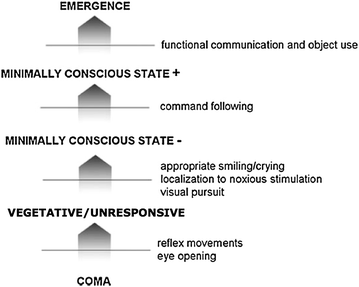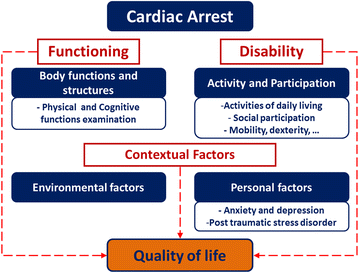Breakthrough in cardiac arrest: reports from the 4th Paris International Conference
- PMID: 26380990
- PMCID: PMC4573754
- DOI: 10.1186/s13613-015-0064-x
Breakthrough in cardiac arrest: reports from the 4th Paris International Conference
Abstract
Jean-Luc Diehl The French Intensive Care Society organized on 5th and 6th June 2014 its 4th "Paris International Conference in Intensive Care", whose principle is to bring together the best international experts on a hot topic in critical care medicine. The 2014 theme was "Breakthrough in cardiac arrest", with many high-quality updates on epidemiology, public health data, pre-hospital and in-ICU cares. The present review includes short summaries of the major presentations, classified into six main chapters: Epidemiology of CA Pre-hospital management Post-resuscitation management: targeted temperature management Post-resuscitation management: optimizing organ perfusion and metabolic parameters Neurological assessment of brain damages Public healthcare.
Keywords: Cardiac arrest; Cardio-pulmonary resuscitation; Minimally conscious state; Organ donation; Persistent vegetative state; Targeted temperature management; Therapeutic hypothermia.
Figures










References
-
- Go AS, Mozaffarian D, Roger VL, Benjamin EJ, Berry JD, Blaha MJ, Dai S, Ford ES, Fox CS, Franco S, Fullerton HJ, Gillespie C, Hailpern SM, Heit JA, Howard VJ, Huffman MD, Judd SE, Kissela BM, Kittner SJ, Lackland DT, Lichtman JH, Lisabeth LD, Mackey RH, Magid DJ, Marcus GM, Marelli A, Matchar DB, McGuire DK, Mohler ER, 3rd, Moy CS, Mussolino ME, Neumar RW, Nichol G, Pandey DK, Paynter NP, Reeves MJ, Sorlie PD, Stein J, Towfighi A, Turan TN, Virani SS, Wong ND, Woo D, Turner MB, American Heart Association Statistics Committee and Stroke Statistics Subcommittee Heart disease and stroke statistics—2014 update. Circulation. 2014;129:e28–e292. doi: 10.1161/01.cir.0000441139.02102.80. - DOI - PMC - PubMed
-
- Dumas F, Cariou A, Manzo-Silberman S, Grimaldi D, Vivien B, Rosencher J, Empana JP, Carli P, Mira JP, Jouven X, Spaulding C. Immediate percutaneous coronary intervention is associated with better survival after out-of-hospital cardiac arrest: insights from the PROCAT (Parisian Region Out of Hospital Cardiac Arrest) Registry. Circ Cardiovasc Interv. 2010;3:200–207. doi: 10.1161/CIRCINTERVENTIONS.109.913665. - DOI - PubMed
-
- Nichol G, Thomas E, Callaway CW, Hedges J, Powell JL, Aufderheide TP, Rea T, Lowe R, Brown T, Dreyer J, Davis D, Idris A, Stiell I, Resuscitation Outcomes Consortium Investigators Regional variation in out-of-hospital cardiac arrest incidence and outcome. JAMA. 2008;300:1423–1431. doi: 10.1001/jama.300.12.1423. - DOI - PMC - PubMed
LinkOut - more resources
Full Text Sources
Other Literature Sources

